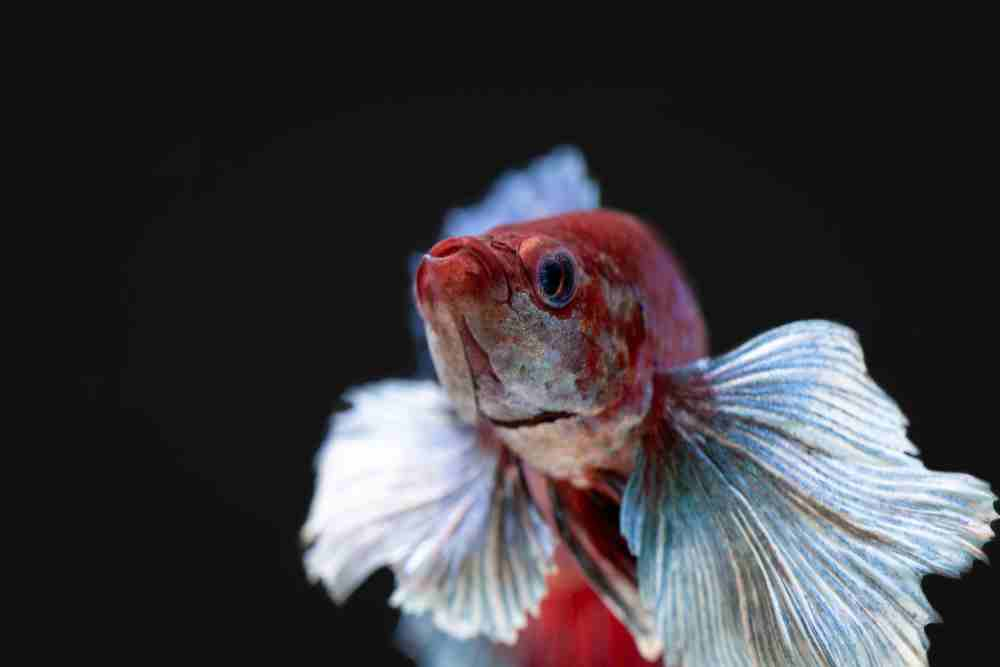Glass catfish and betta fish cannot live together as they have different temperament and habitat requirements. Glass catfish and betta fish are popular choices for aquarium enthusiasts.
While both fish are captivating in their own ways, it is important to consider their compatibility before housing them together. Keeping fish together that have conflicting needs can result in stress, aggression, and potential harm.
We will explore the reasons why glass catfish and betta fish cannot coexist peacefully, highlighting the differences in their behavior, water preferences, and social interactions.

Compatibility Of Glass Catfish and Betta Fish
Compatibility is a crucial factor to consider when deciding to keep Glass Catfish and Betta Fish together. Both fish have specific requirements that need to be met in order for them to coexist harmoniously.
First, temperature requirements must be taken into account. Glass Catfish prefer temperatures between 72-78°F (22-25°C), while Betta Fish thrive in slightly warmer temperatures around 78-80°F (25-27°C). A compromise can be reached by setting the tank temperature between 76-78°F (24-25°C).
The tank size and space play a vital role in ensuring compatibility. Glass Catfish are social fish and prefer to live in groups of six or more. A larger tank (at least 20 gallons) with plenty of hiding spots and open swimming space is ideal.
On the other hand, Betta Fish are territorial and prefer to be the sole occupant of the tank. A tank divider can be used to separate the two species if necessary.
Behavior And Temperament Of Glass Catfish And Betta Fish
Glass catfish have a unique behavior of schooling, preferring to live in groups of 5 or more. This schooling nature is crucial for their well-being and helps to reduce stress.
They are generally peaceful and passive, not known to exhibit aggression towards other fish. However, due to their delicate nature, they are best kept with similarly sized and peaceful tank mates to avoid getting bullied or stressed.
Betta fish, on the other hand, have an aggressive nature and are known to be solitary creatures. They prefer to live alone and can become territorial, especially males, who are known for their fierce fights.
Due to their aggression, it is not recommended to keep them with small, slow-moving fish or fish with long, flowing fins, as the betta may mistake them for rivals and attack.
Providing Suitable Tank Conditions For Both Fish
Providing suitable tank conditions for both glass catfish and betta fish is crucial for their well-being. When it comes to water parameters, it’s important to consider the optimal water temperature.
Glass catfish thrive in water temperatures between 75°F and 82°F, while betta fish prefer slightly warmer temperatures ranging from 78°F to 82°F. Another key factor is the pH level requirements.
Glass catfish prefer a pH level between 6.5 and 7.5, while betta fish thrive in slightly acidic conditions with a pH range of 6.0 to 7.5. Water hardness should also be taken into consideration, with both fish species preferring a water hardness between 5 and 20 dGH.
When setting up the tank, it’s important to choose an appropriate aquarium size and shape. A minimum tank size of 10 gallons is recommended for a betta fish, whereas a larger tank of 20 gallons or more is ideal for glass catfish.
Providing proper aquascaping and hiding spots is essential for both fish to feel secure. Incorporating live plants, rocks, and driftwood can create a natural environment and shelter for them.
Additionally, ensuring proper lighting conditions will benefit the overall health of these fish.
Feeding Needs Of Glass Catfish And Betta Fish
Glass catfish and betta fish have different feeding needs due to their distinct eating habits. For glass catfish, an ideal diet consists of a combination of vegetable matter and protein sources.
These omnivorous fish require a mix of vegetables, such as lettuce and spinach, along with live or frozen protein sources like bloodworms or brine shrimp. It’s important to consider special dietary needs such as providing sinking pellets for them to feed at lower tank levels.
On the other hand, betta fish are carnivorous and require a high-protein diet. They thrive on foods like brine shrimp, bloodworms, or specially formulated pellets.
It’s essential to feed them in small portions due to their small stomach size and potential overfeeding risks. Feeding betta fish twice a day, with each portion equivalent to the size of their eye, is recommended.
Disease Prevention And Treatment For Both Fish
Disease prevention and treatment for both glass catfish and betta fish is crucial for their well-being. It is important to be aware of the common diseases that can affect these fish to take appropriate measures for prevention and treatment.
For glass catfish, some common diseases include Ich (White Spot Disease) and Dropsy. These diseases can be prevented through proper tank maintenance, including regular water changes and ensuring a well-balanced diet.
If your glass catfish does contract a disease, medication options are available to treat them.
On the other hand, betta fish commonly suffer from Fin Rot and Velvet Disease. To prevent these diseases, maintaining a clean and properly heated tank is essential. If your betta fish becomes sick, various treatment and medication options are available to help them recover.
Overall, by being proactive in disease prevention and seeking appropriate treatment options, both glass catfish and betta fish can live healthy and thriving lives.
